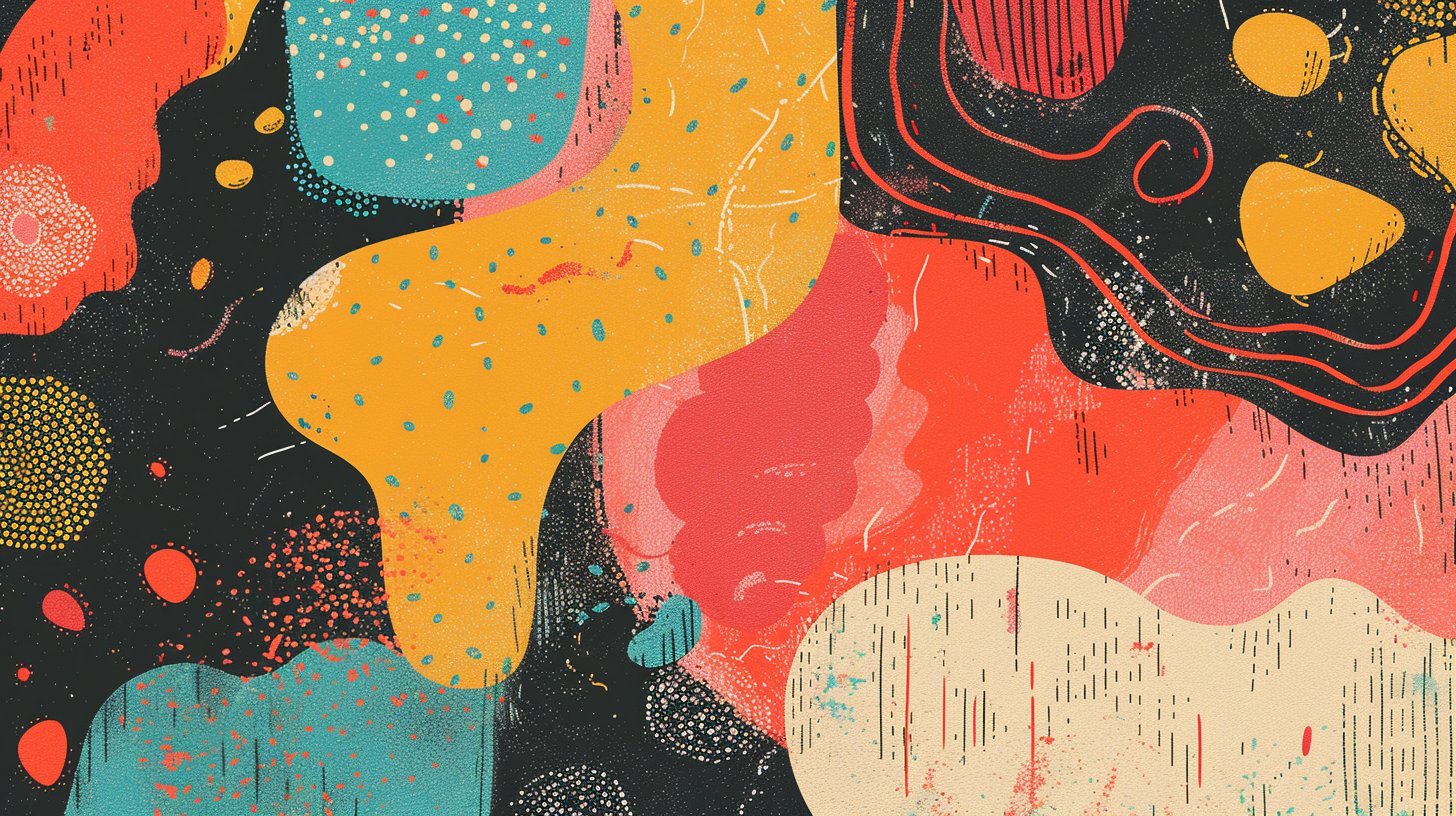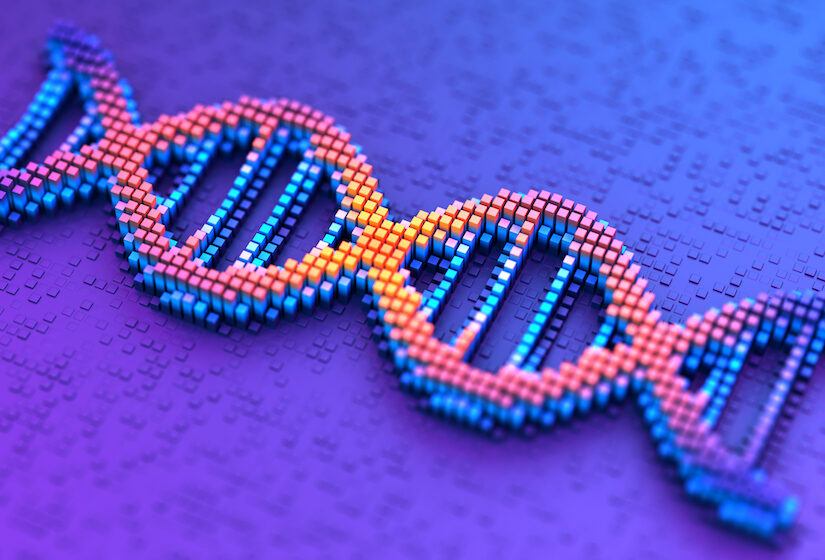Scientists from Stanford University have created a groundbreaking device that closely monitors the unseen and complex environmental exposures we face daily: our unique microbial cloud.
We are never alone. Every moment, we walk around carrying our individual cloud of companions. Hundreds of fungi, bacteria and chemical compounds are on us, affecting our well-being. “Human health is influenced by two things: your DNA and the environment,” says Michael Snyder, PhD, professor of genetics at Stanford University, who led the study.
Snyder and his team wanted to get a glimpse on what exactly could be hiding in this fascinating cloud of microorganisms that is constantly hovering around us. Less than two weeks ago, the scientists published a study in the scientific journal Cell (1), where they did exactly that; they analyzed this vast cloud of environmental factors that affect us – the human exposome (2) .
“Human health is influenced by two things: your DNA and the environment.”
The scientists monitored the environmental exposure of 15 participants – including Snyder himself – over 66 different locations for up to 890 days. They developed a wearable device, the “exposometer”,which collected air samples and passed them through a filter. All participants had an exposometer strapped on their arms, staying with them as they performed daily activities. They then ran both DNA and RNA sequencing, as well as chemical analyses, on all the approximately 70 billion samples collected. “No one has ever done a study this deep before” said Snyder at the article’s press release (3).
You may imagine this vast cloud contained a whole host of different microbial populations; actually, the DNA data revealed that almost 80% of all microorganisms floating around us belong to only two fungi, four bacterial, and three plant/animal types. Not that many – considering the earth is inhabited by trillions of different microorganisms (4)! As far as bacteria and fungi are concerned, 15% of all the samples contained some pathogenic species, such as Acinetobacter baumannii – known to cause serious lung, blood, and brain infections5. Still, the scientists explained that, even though these harmful species continually surround us, only those vulnerable are actually threatened by an infection.
Your Exposome is One of a Kind
What was most interesting though was that each participant, no matter how close to each other they lived, had an individual exposome signature. “Personal biological and chemical exposomes are highly dynamic and vary spatiotemporally, even for individuals located in the same general geographical region” writes the team.
As expected, our lifestyle choices make a huge impact on the kinds of microbes we’re exposed to. For instance, more scattered profiles were seen in participants who regularly commute, whilst those that mainly used the device between home and their office had much more clustered profiles.
“The bottom line is that we all have our own microbiome cloud that we’re schlepping around and spewing out,” Snyder said.
With constant exposure to external chemicals, how do these interactions affect our personal microbial communities? Well, the group also investigated the abiotic exposome, meaning our exposure to chemical compounds, for a whole 2-months period. The analysis identified certain unexpected chemicals: there were traces of DEET, an insect repellent, as well as the carcinogen DEG, in all the samples. If reading this is creating concern about all the daily exposure to dangerous chemicals, worry not! This data was only collected from one person, and – since the researchers did not measure absolute values – it is not clear whether these compounds were in an “alarming” range.
Your Outside World Affects Your Well-being
By creating this powerful new tool, the scientists were able to reveal the secrets of the human exposome. Whilst air population has been measured on a grand scale, the same cannot be said for the biological and chemical exposures that personally affect us all.
We’re already underway with a transformative era of health: sequencing our genomes, testing our blood and urine, and analysing our gut microbes. They all give us means to learn previously hidden insights into what’s actually going on inside our bodies.
We’re already underway with a transformative era of health: sequencing our genomes, testing our blood and urine, and analysing our gut microbes. They all give us means to learn previously hidden insights into what’s actually going on inside our bodies.
Yet, what we’ve also been missing, all along, is knowing what we’re actually exposed to. Given everything we interact with affects our state of wellbeing, it’s something important to address; luckily, we now have the means. The outside matters just as much.



